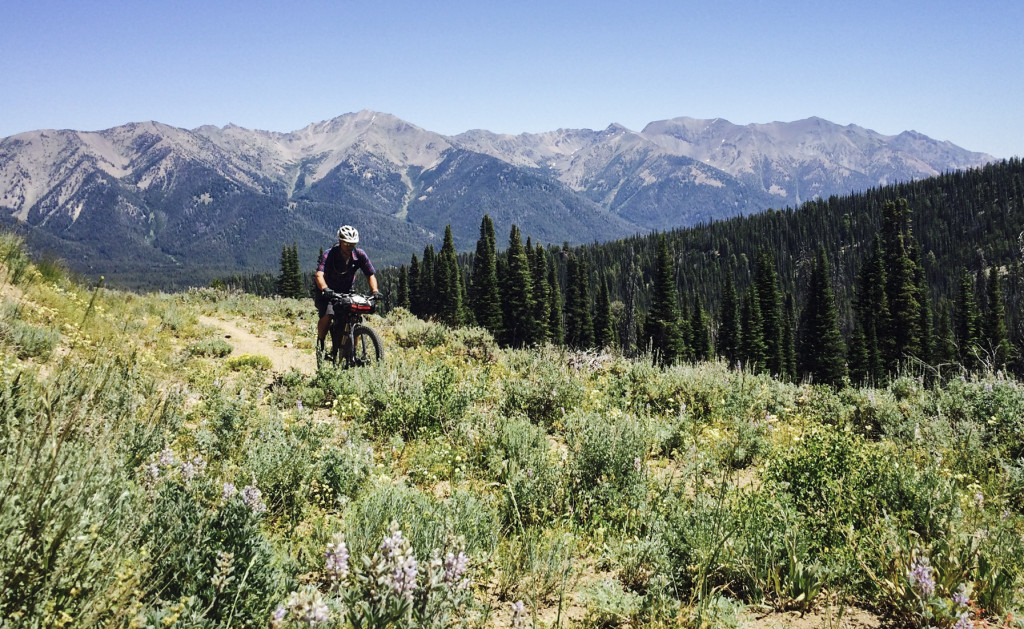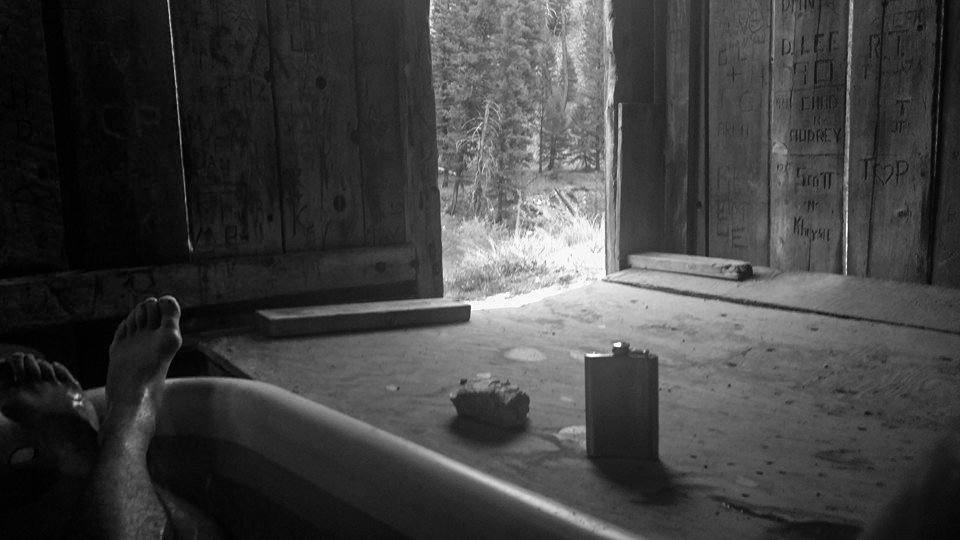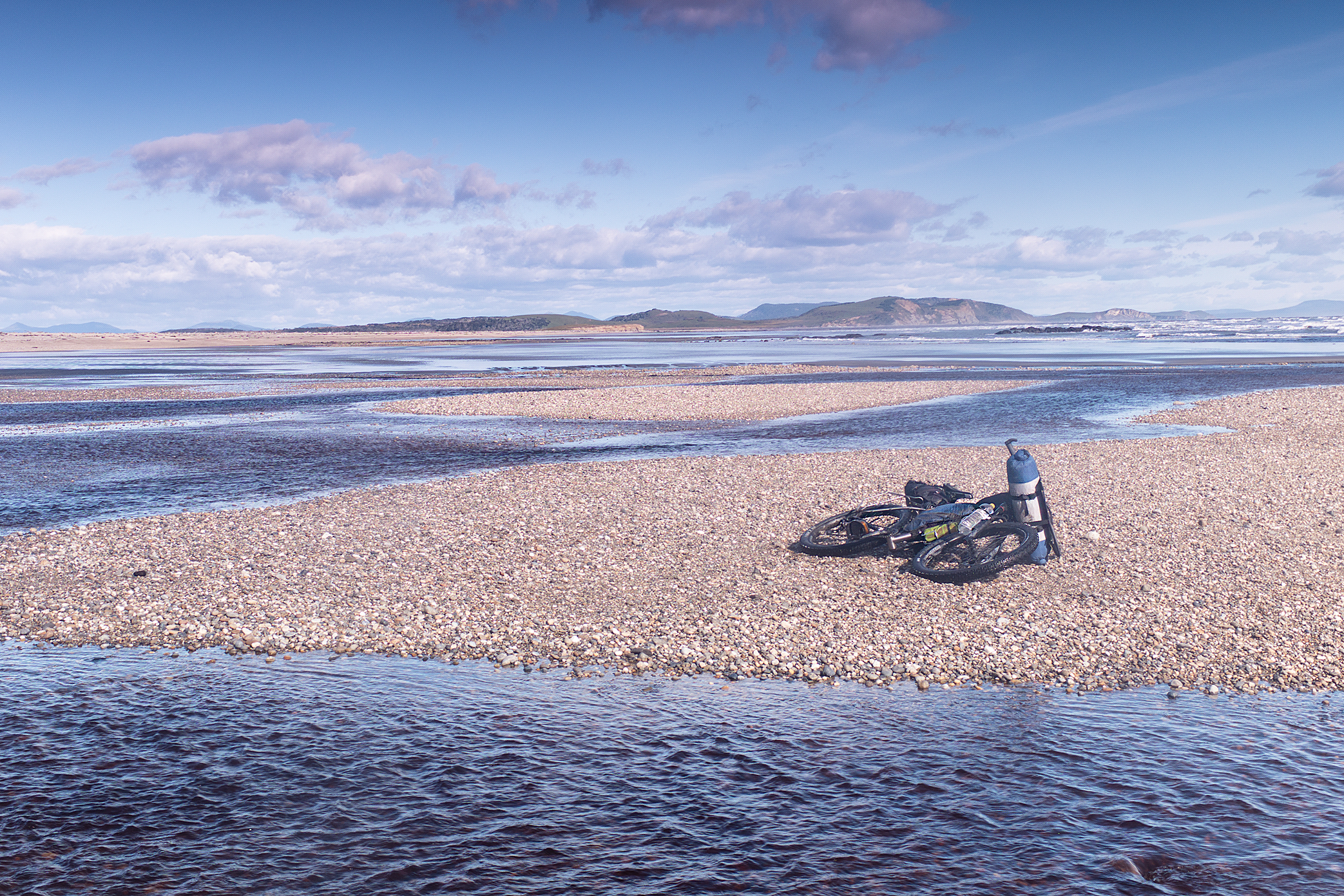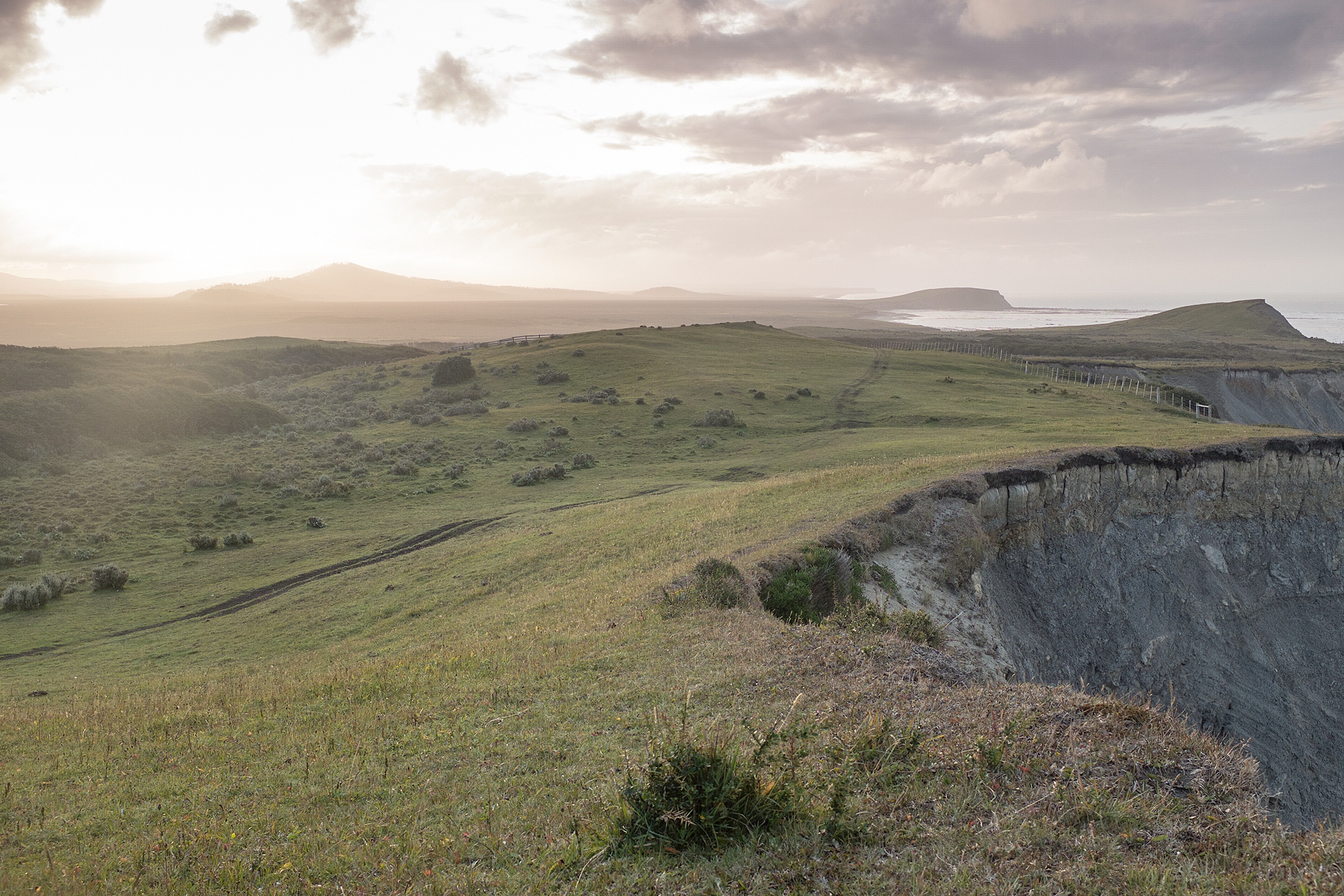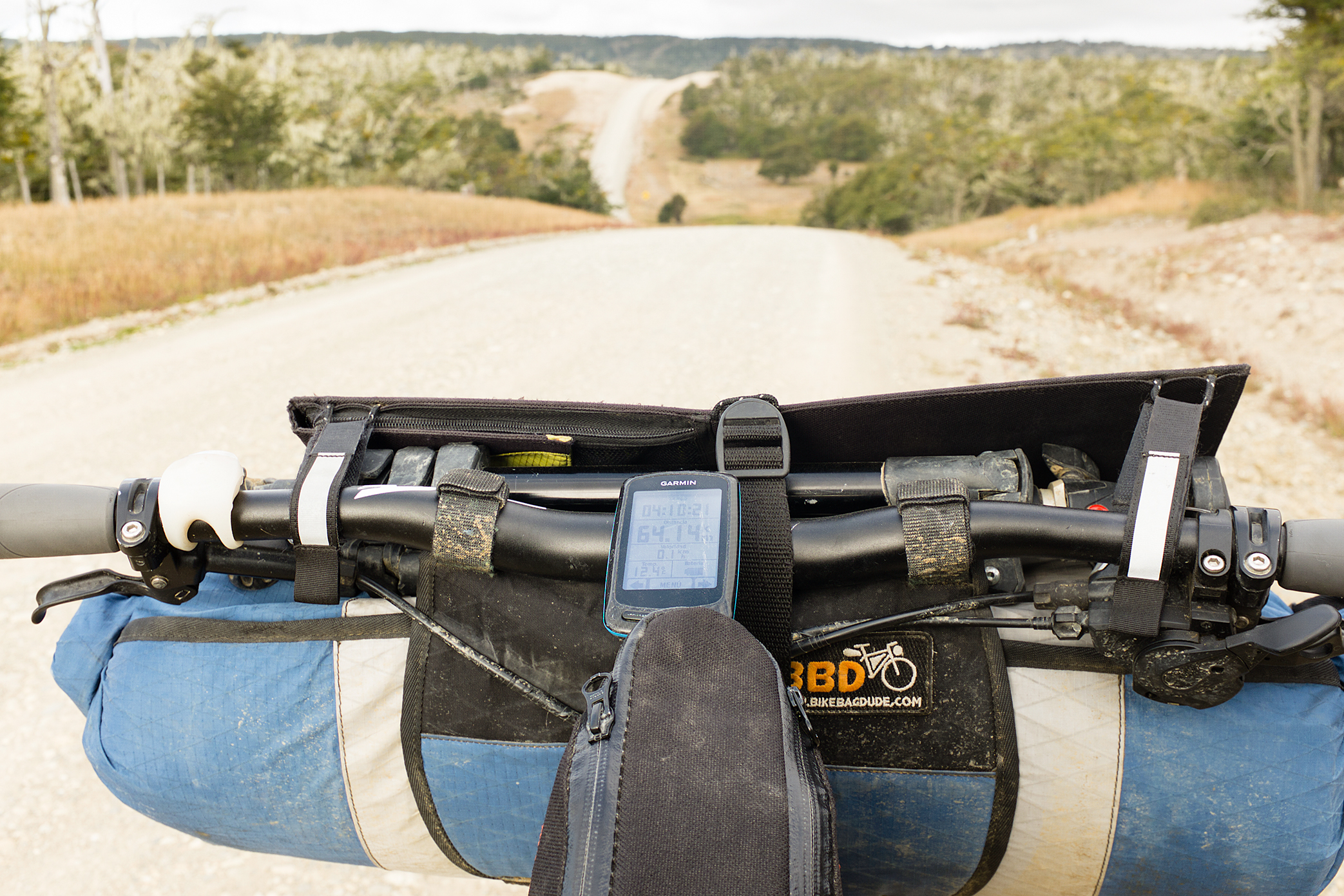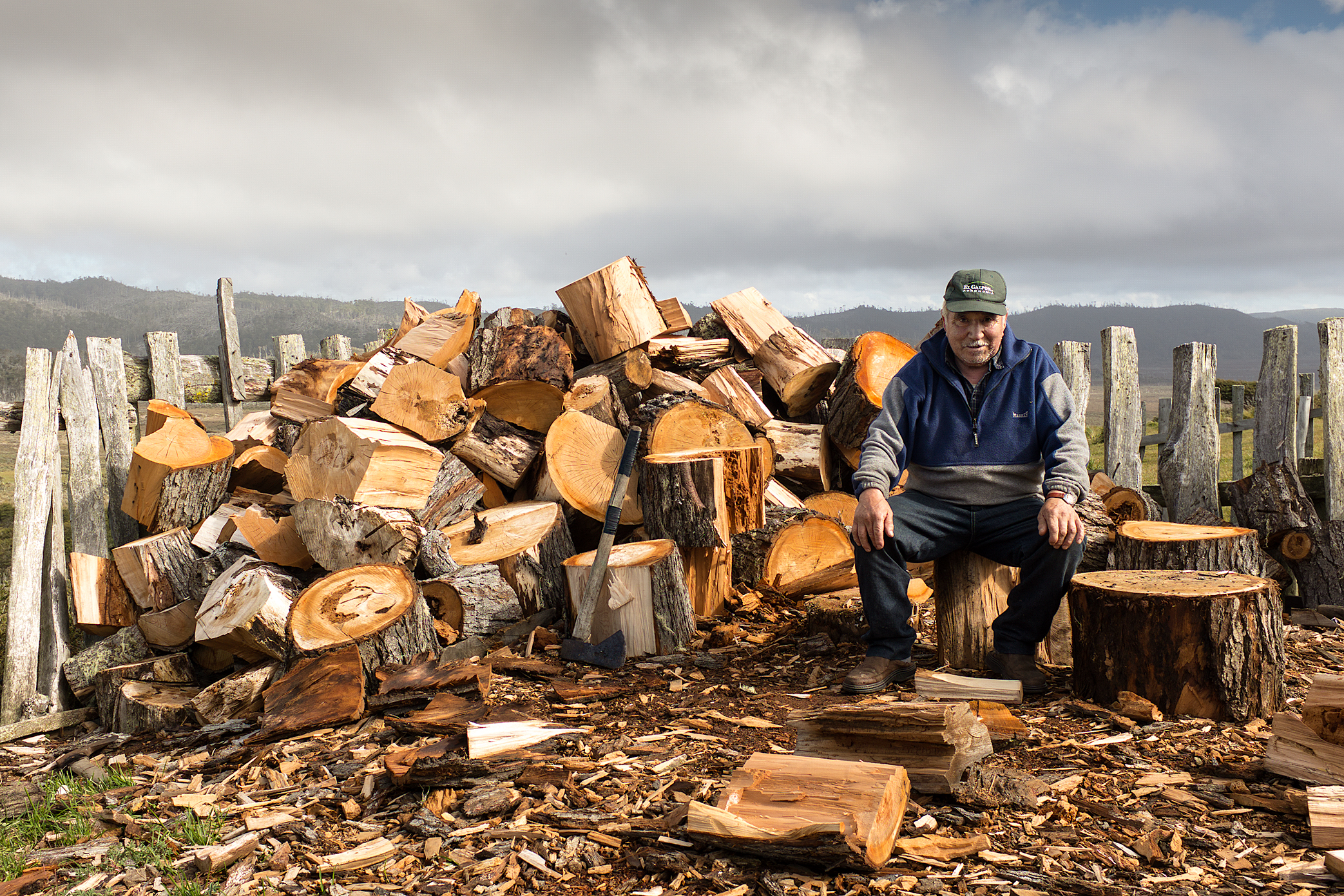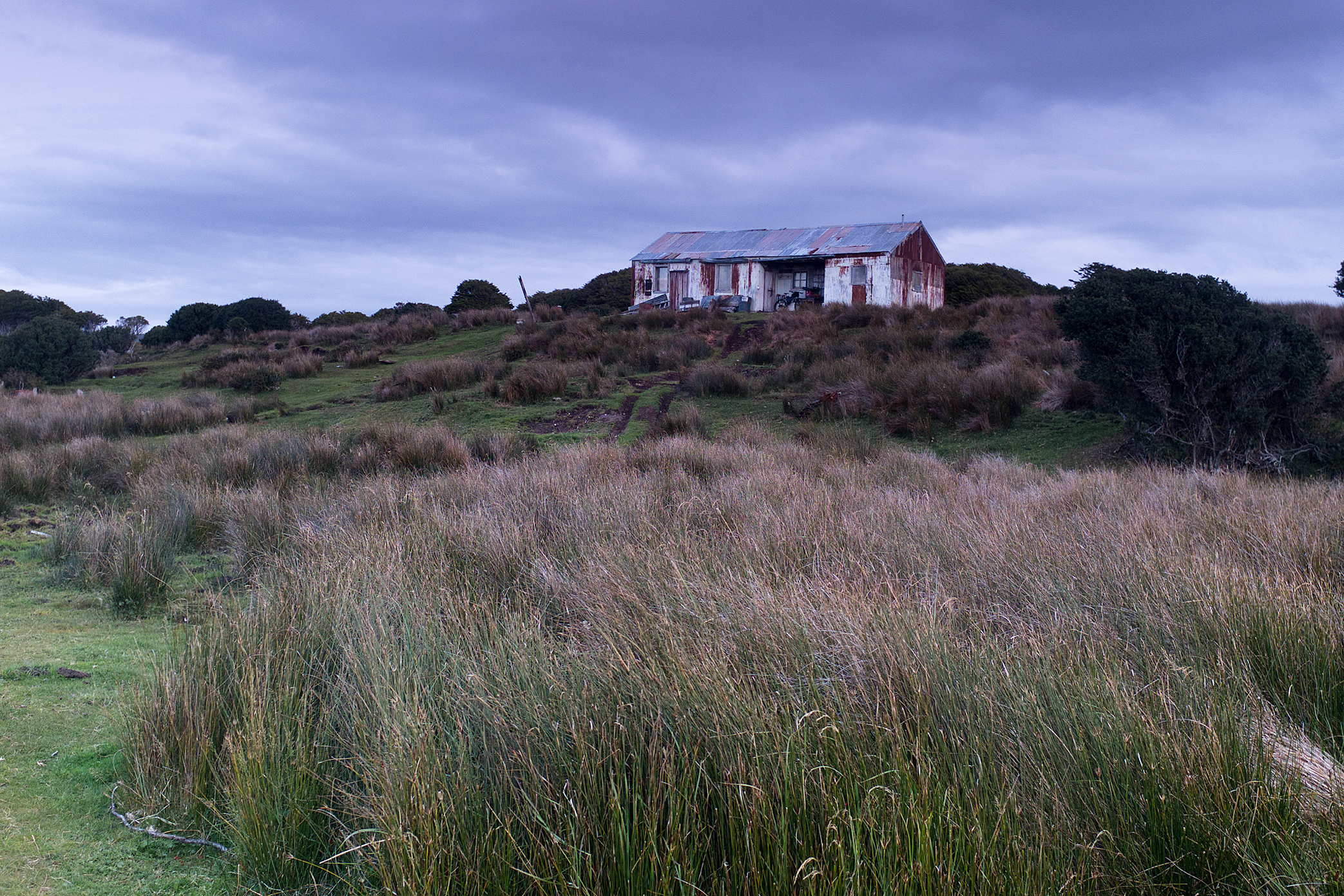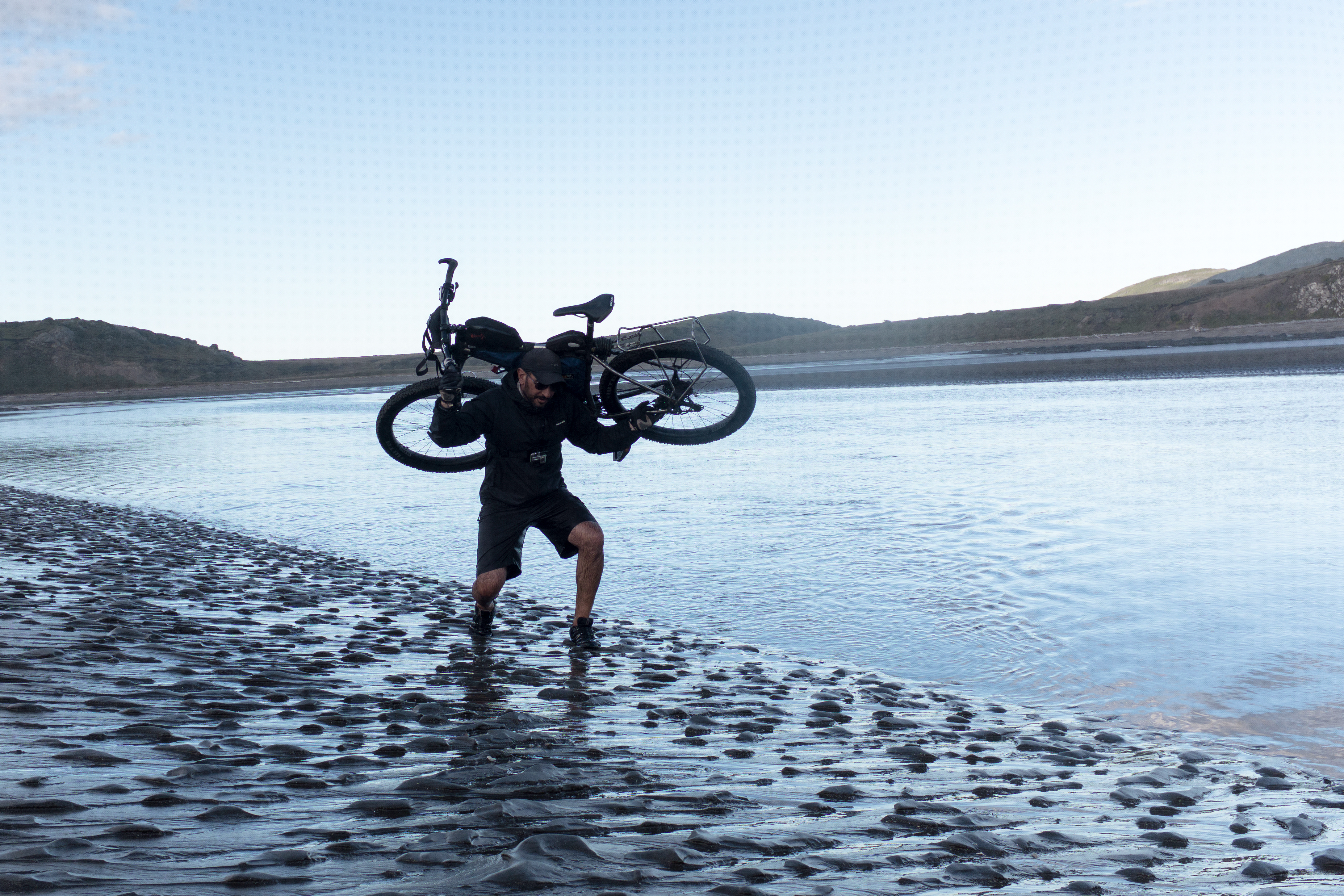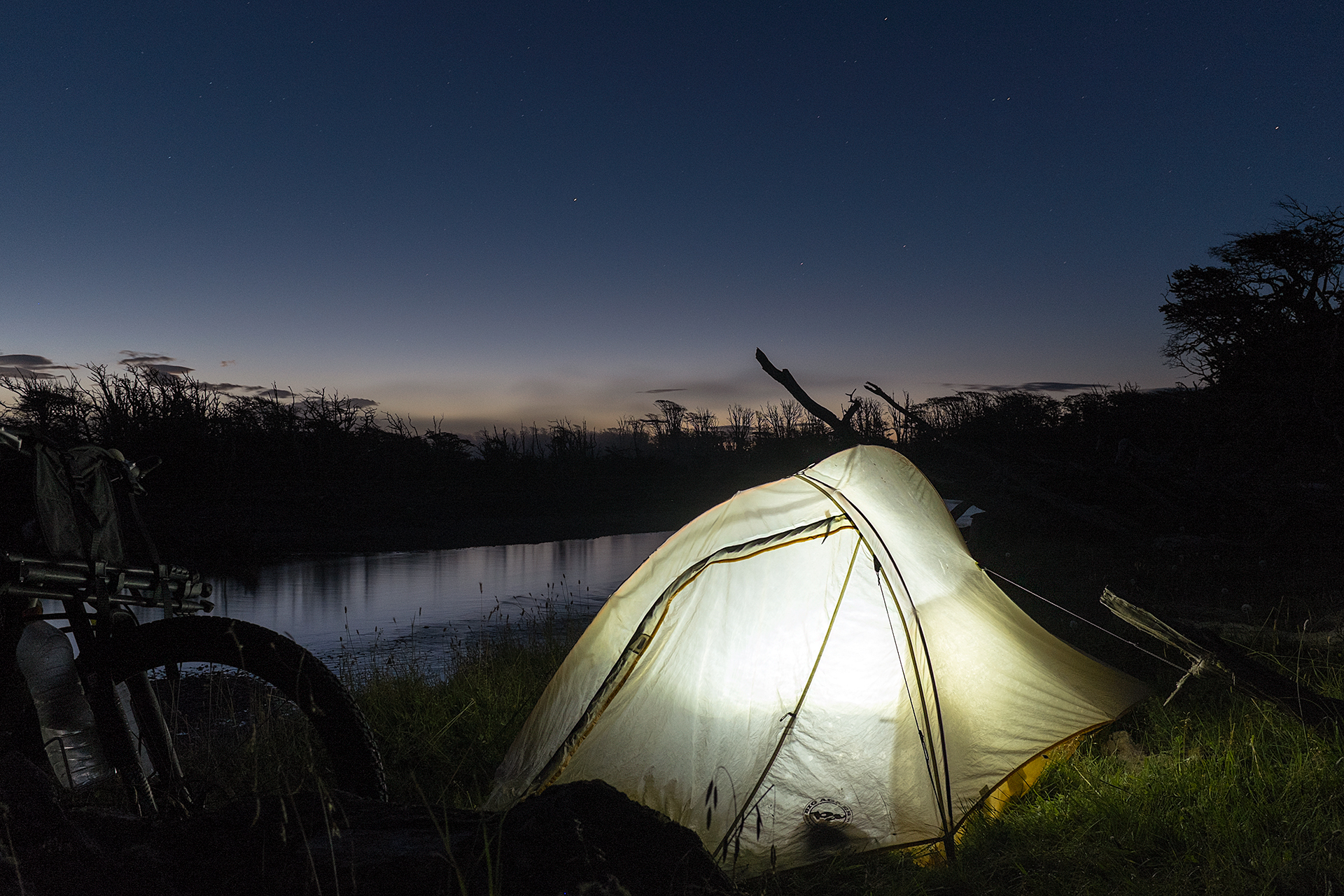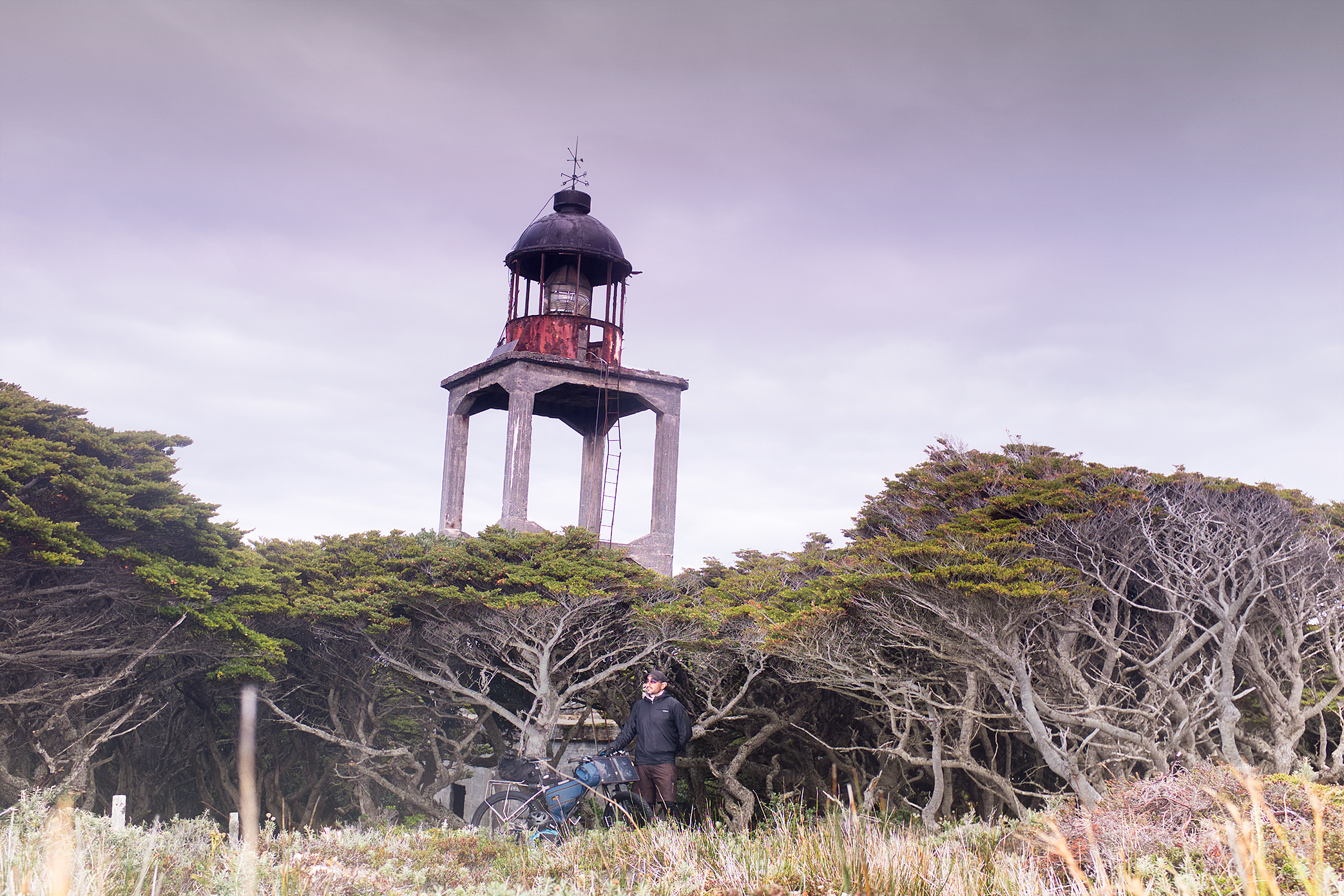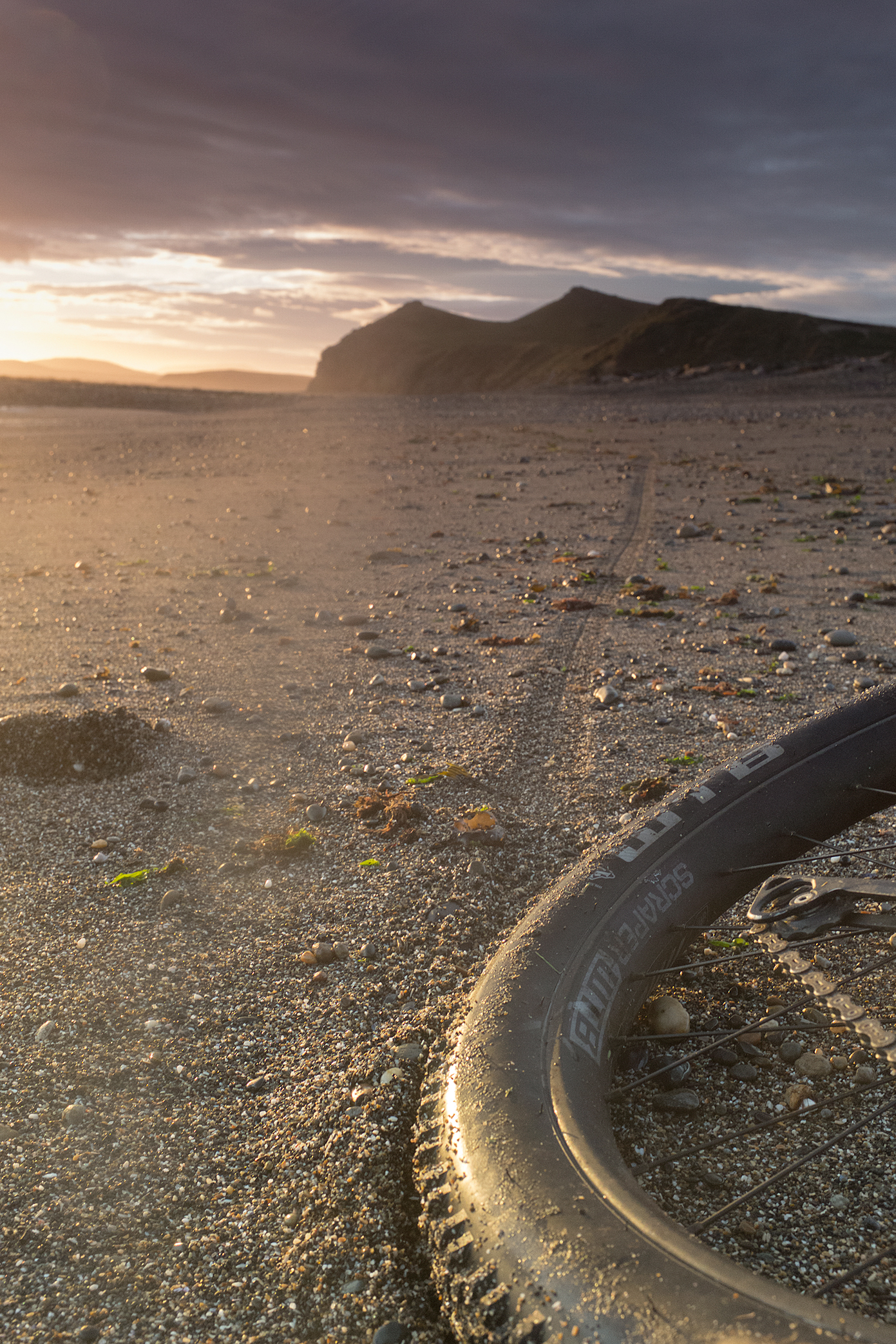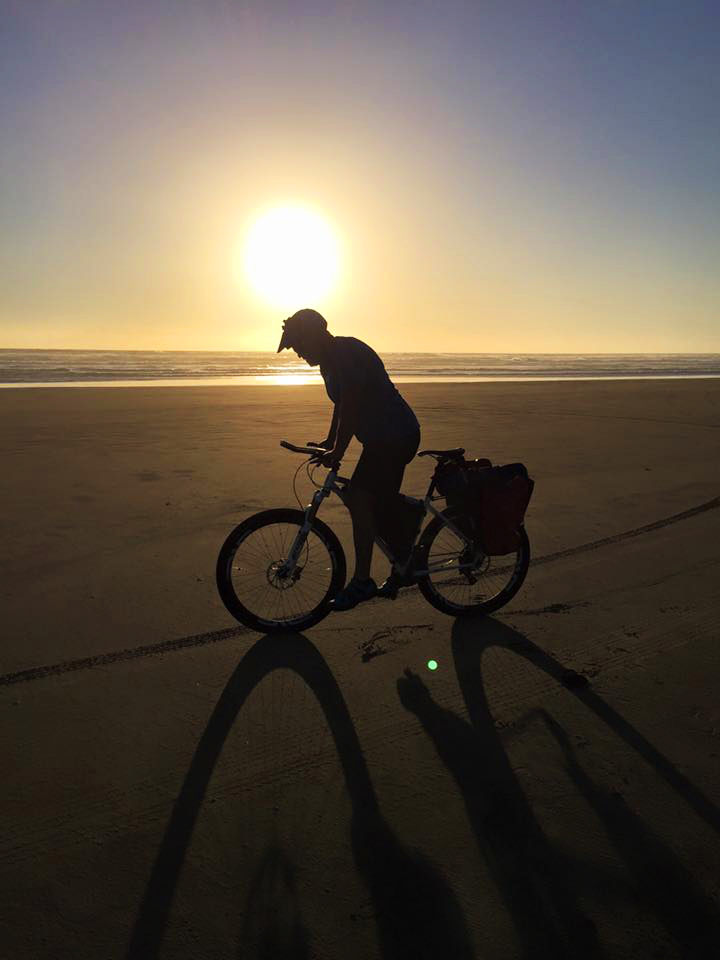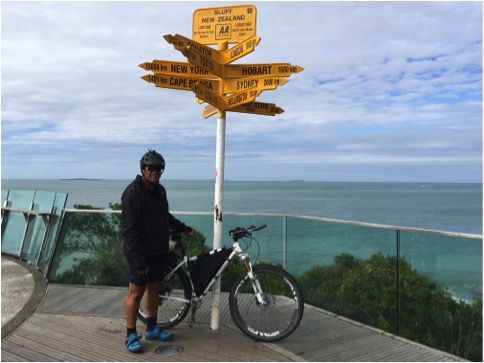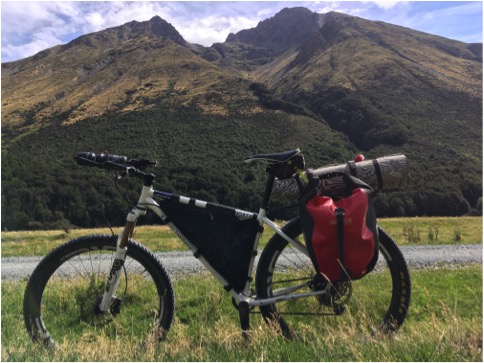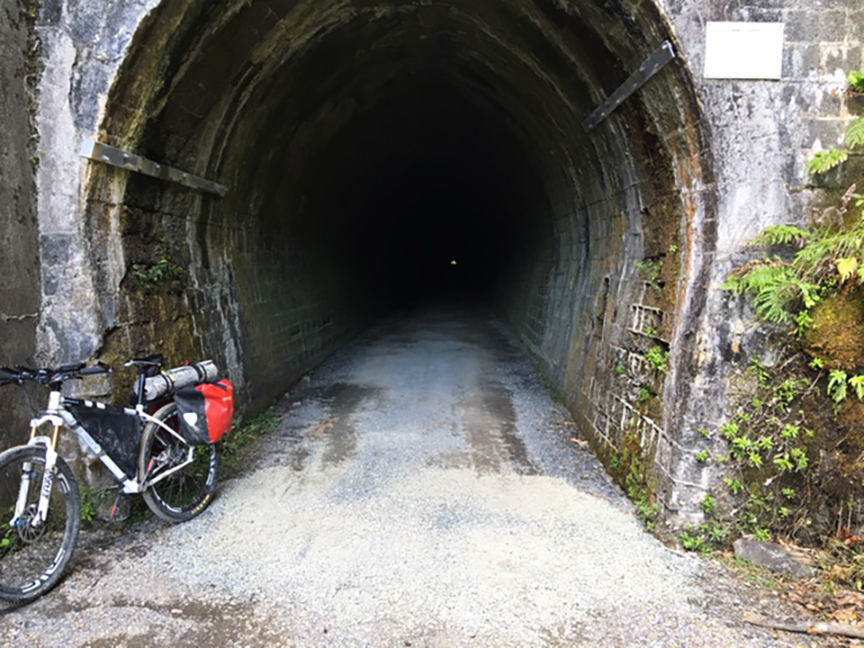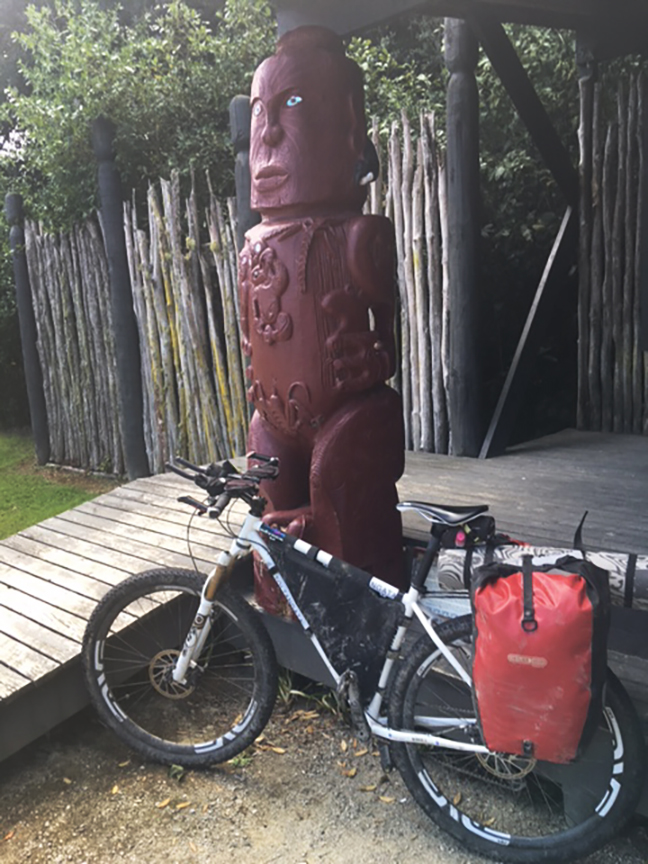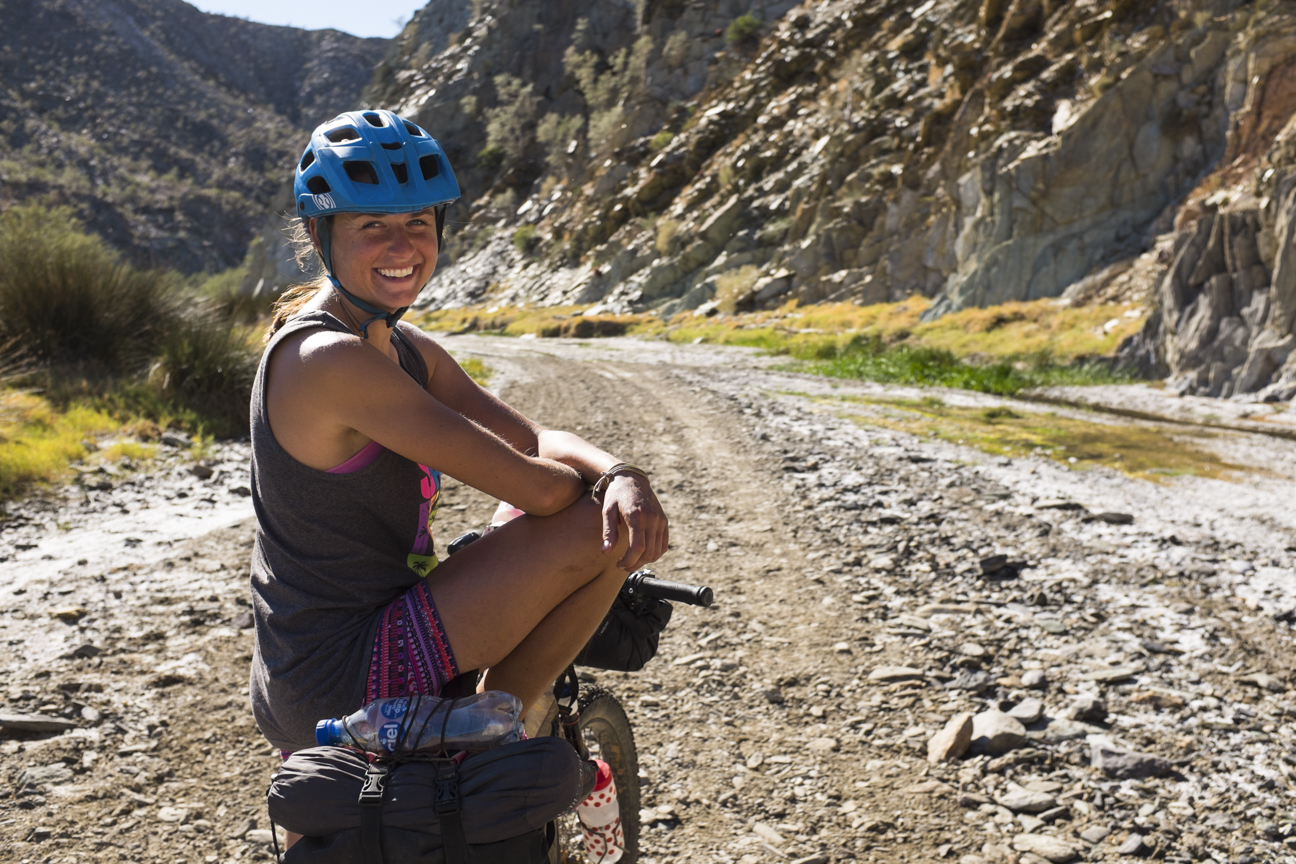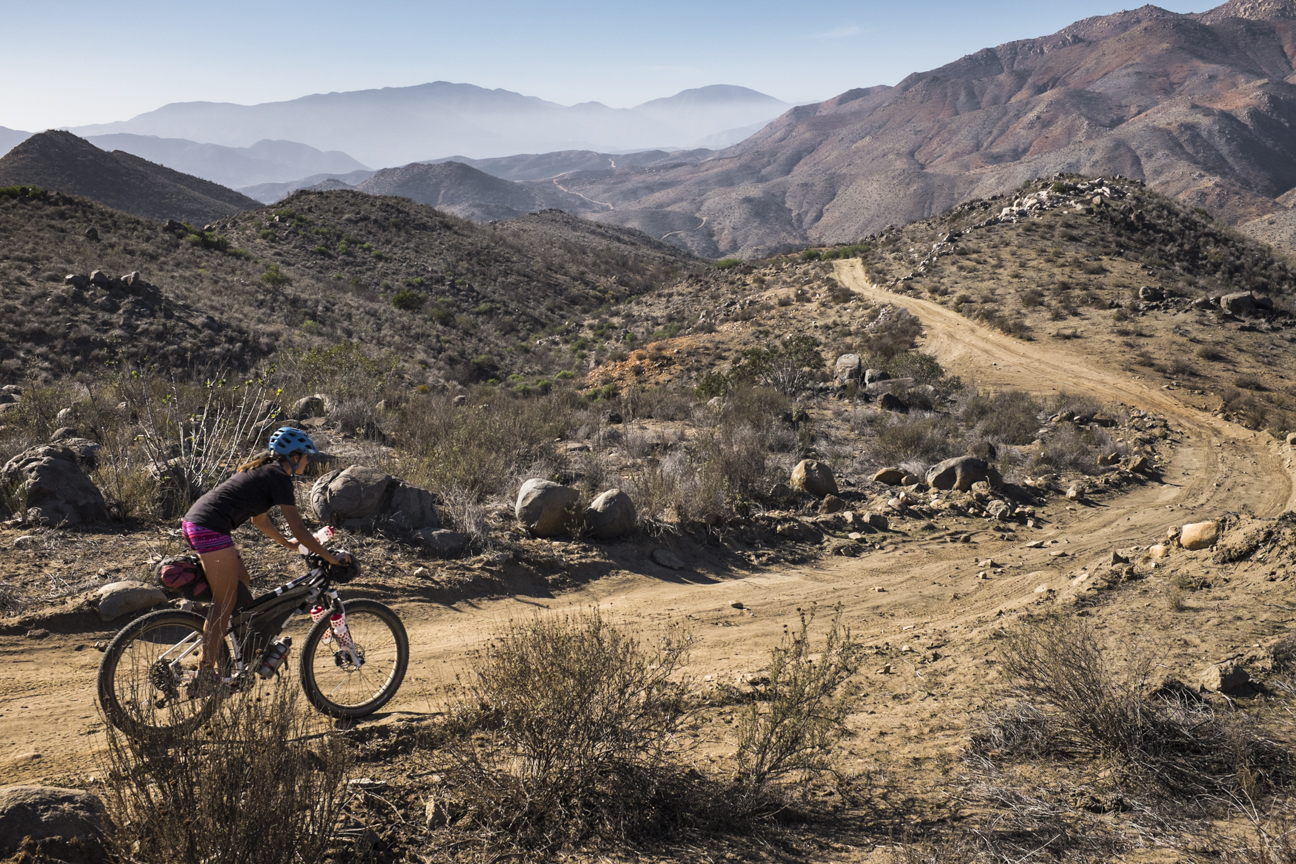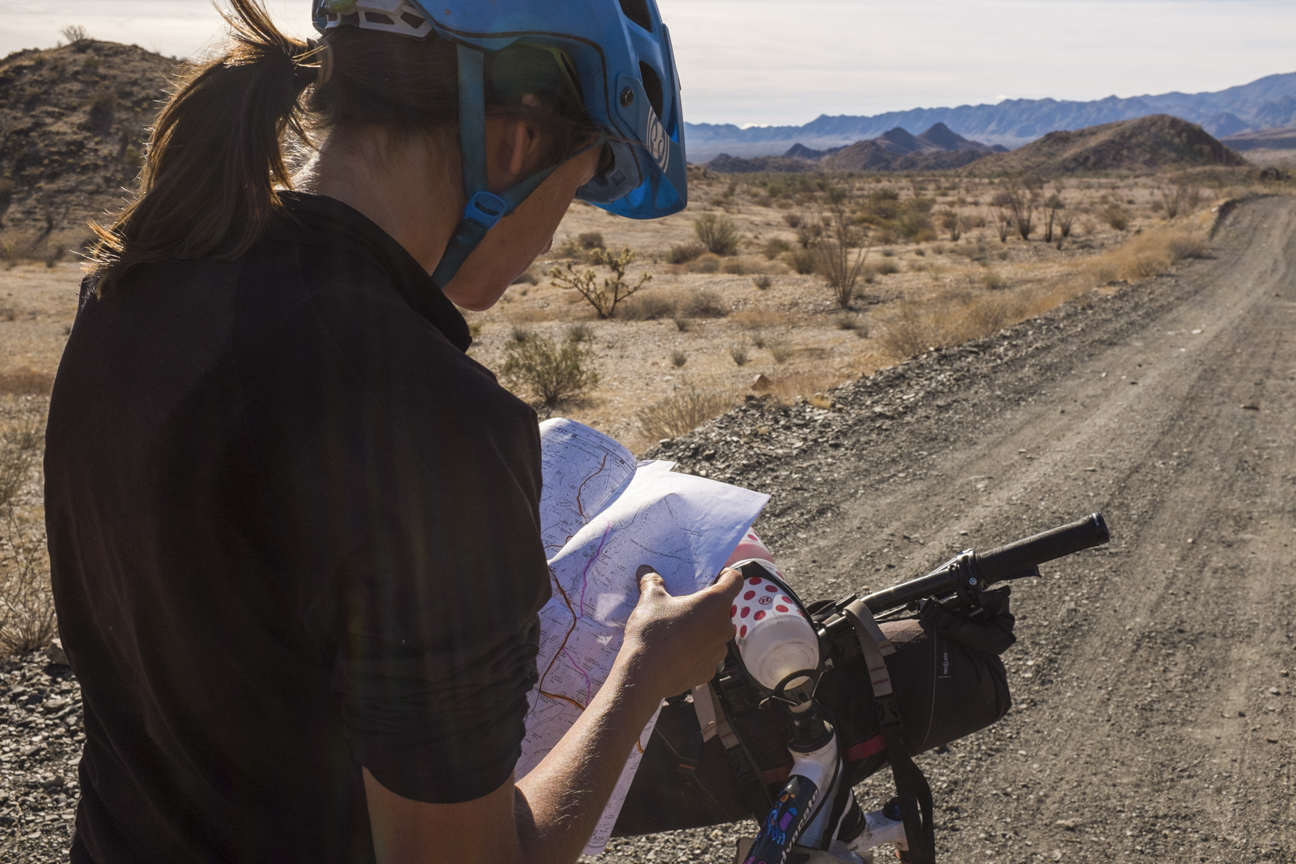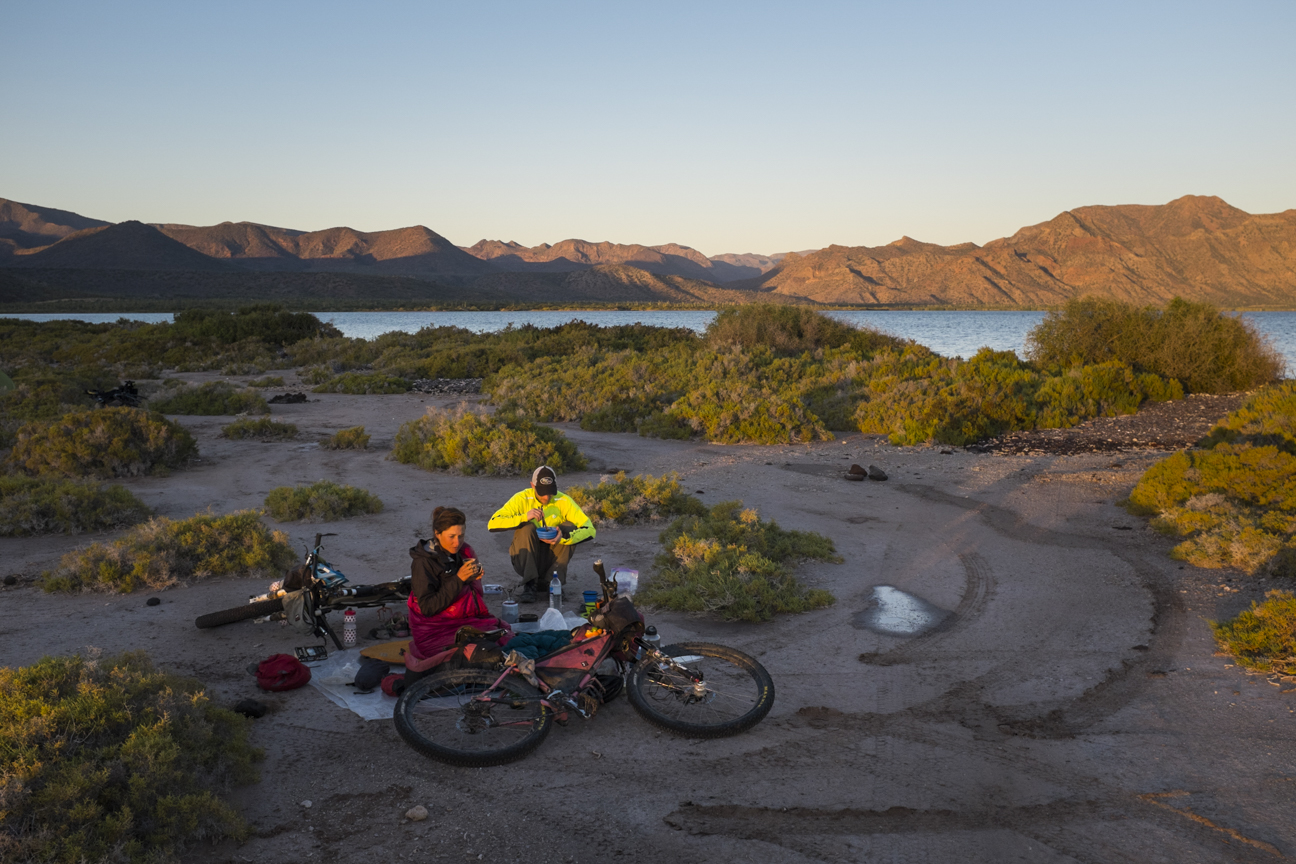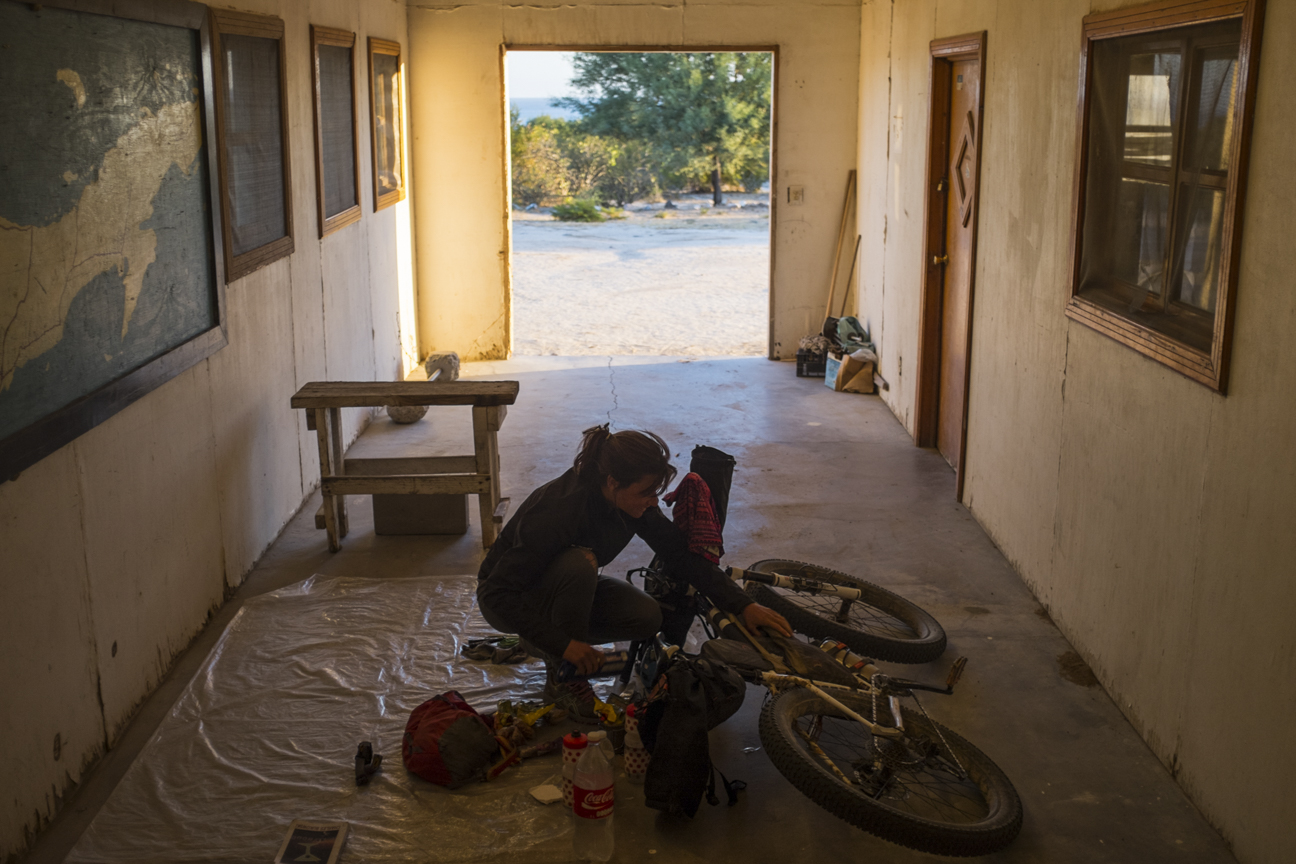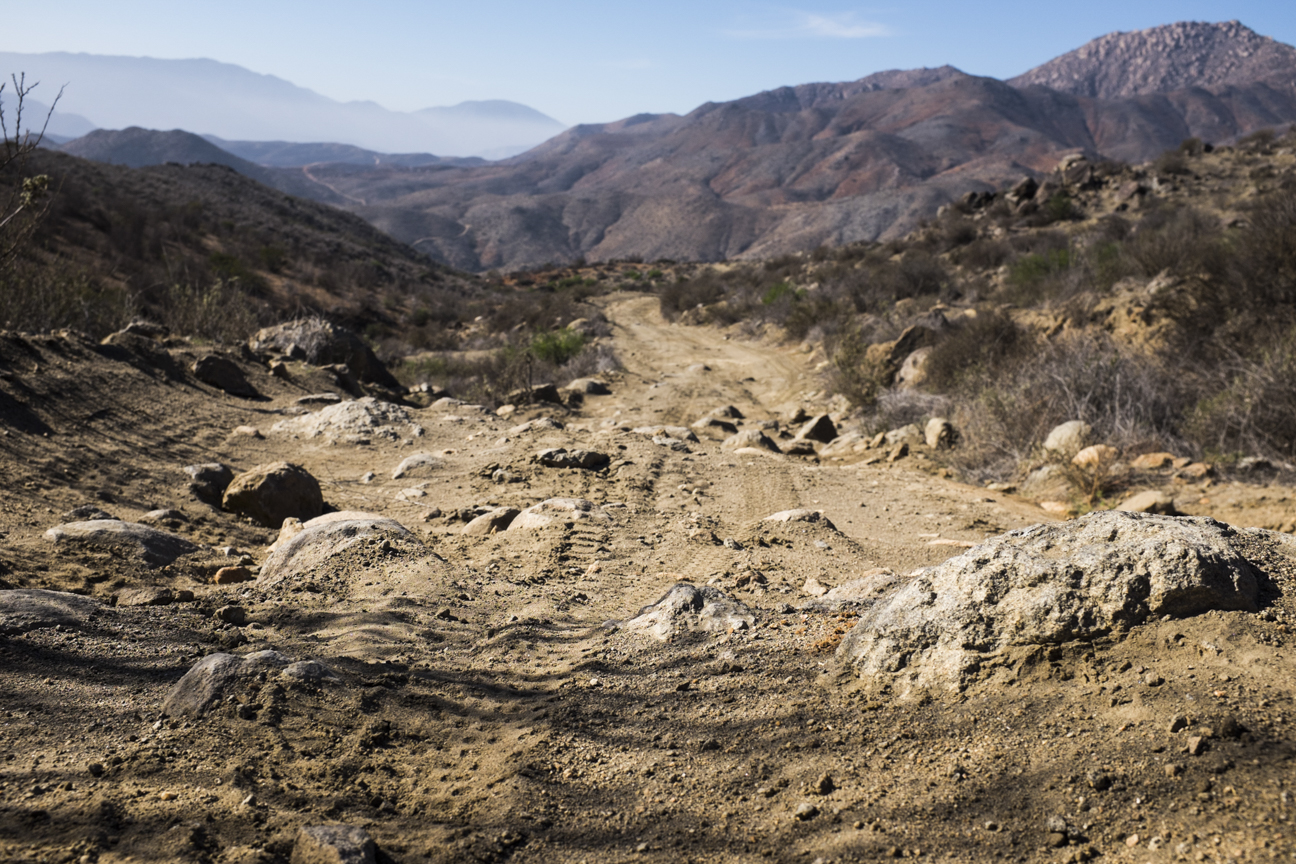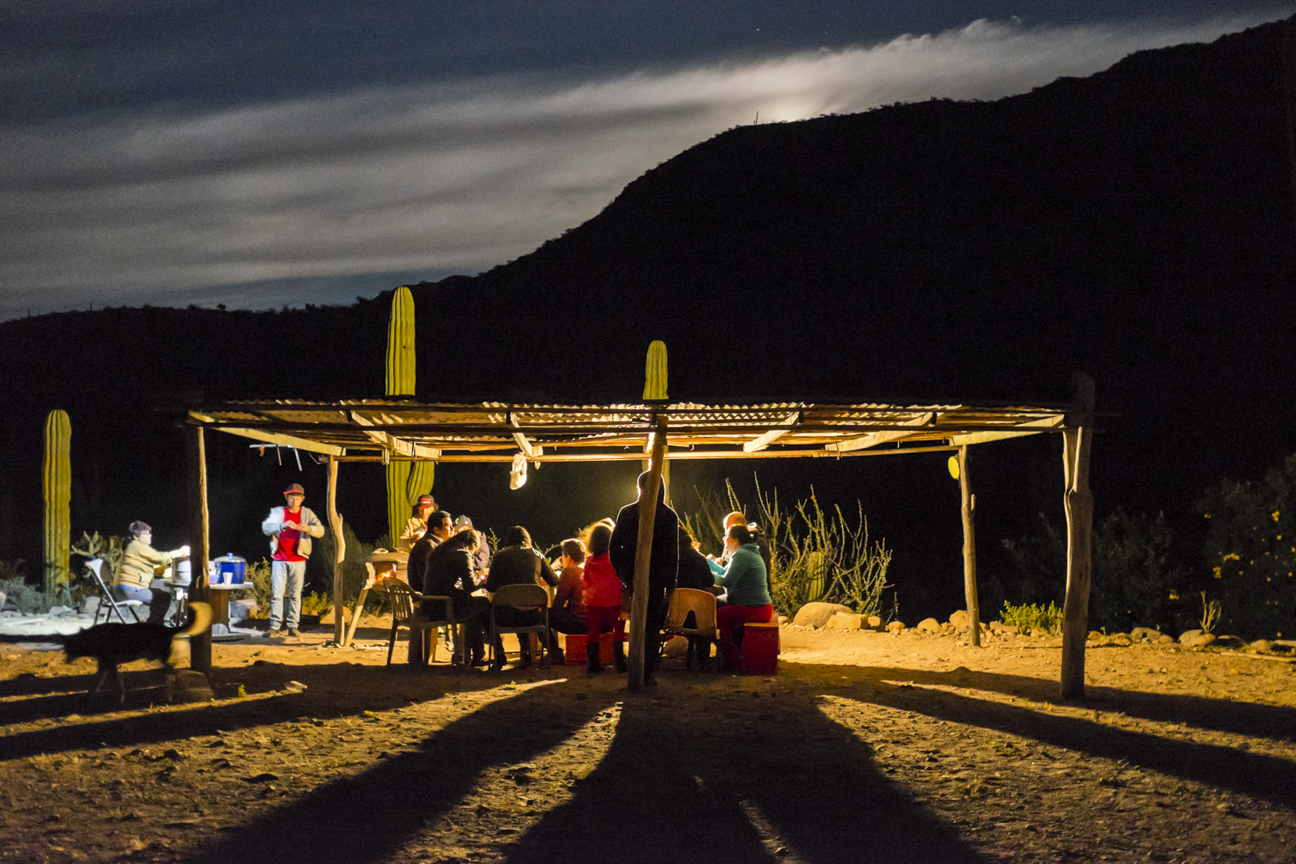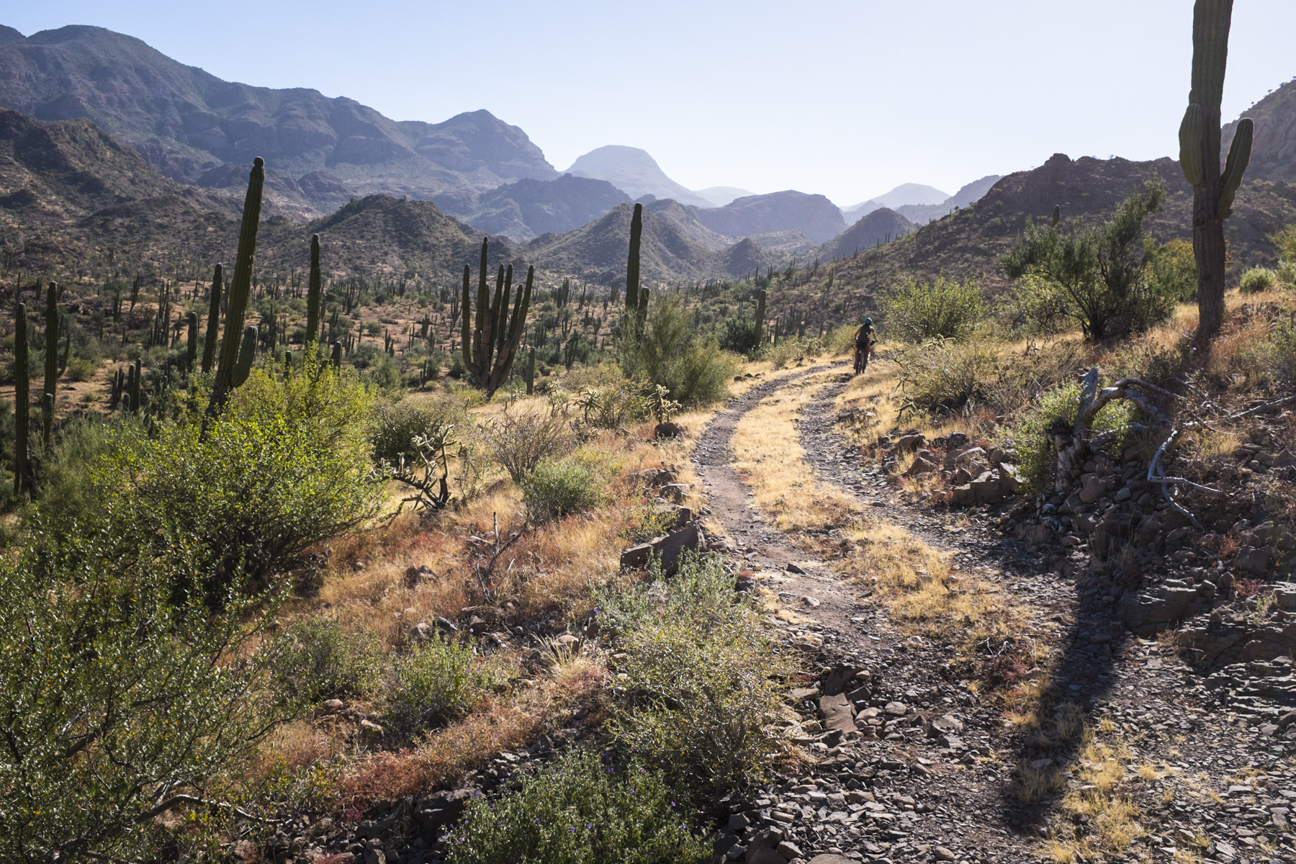Idaho Sweats
Stories from the Idaho Hot Springs Mountain Bike Route
By Bruce Saxman
Where is the fire?
As we pulled into Idaho City a wisp of smoke curled up from a distant ridgeline. I considered us lucky that the widespread wildfires common to Idaho had not ignited yet—apparently that was changing. The next morning as we were loading our bags, small teams of Forest Service vehicles and fire trucks were trickling into town. “Don’t worry, those boys will have it out by the end of the week,” the owner of the gas station told us. Reassured, we set out and began the 14-mile climb up Thorn Creek Butte.
Hours later, after a lunch in the lupines and enjoyable ridge riding, another wisp of smoke appeared from a nearby ridge and quickly grew into a plume. We began descending toward Arrowrock Reservoir with a little more urgency. The plume towered into a cloud on the ridge that was now directly above us. As we reached the turn toward the Middle Fork of the Boise River, a Forest service ranger assured us the fire was going to be contained. Still, it felt good to be close to the water.
“You don’t mind if an old mountain man drip dries, do ya?”
Grateful to be moving away from what would be called the Mile 16 Fire, we pedaled up the Middle Fork of the Boise River and camped at our prettiest campsite at Sheep Creek Bridge Hot Springs. The next day’s ride was pleasant up-river double track, but our progress was limited by the number of available hot springs and access to the river. We stopping for a hot soak every half hour in the morning and to swim in the cool river water in the afternoon. We could have traveled six miles a day at this point, but were tempted by beer and burgers in Atlanta.
We arrived by mid-afternoon and found a forest service campsite after the burgers and Rainier tallboys. We also found some of the better hot springs on the route. After scoping out the options we hiked down to Chattanooga Hot Spring where 102-degree water cascades 20 feet off the cliffs above into the pool. “You don’t mind if an old mountain man drip dries, do ya?” was the greeting we received by the large, local, very naked caretaker. We proceeded to be educated on using soap in the hot spring (this is our shower), the evils of PokemonGo, and the lack of mining and logging jobs in the area. While the conversation was cordial, we got the feeling we were being tolerated if for no other reason than we were wearing bathing suits.
Slap the bag
All of the advice we heard was to not ride the single-track on the route so out of Atlanta we skipped the Willow Creek Trail and headed up FR 126 over James Creek Summit and rejoined the official route in the gold mining ghost town of Rocky Bar. After a few days in the sticks punctuated by hot springs and redneck bars, arriving in Ketchum was a jarring experience.
Trees, rivers, and dusty trail were replaced by pavement and cars of vacationers. We sucked it up for a re-ration and brewery lunch. Stressed by the bustle, we headed north to get out of town, weaving through traffic, strollers and unyielding bikers. Our bikes were heavy, it was hot, and our legs were sluggish—a few miles out the bike path turned to loose pea gravel.
After burgers and beers, crowded grocery stores, and a hot blazing sunny ride the pea gravel was a morale crusher. We had lost Alex in town, but as Jenn and I rested under one of the few shade trees he rolled up with a bag of wine on his handlebar bag. Morale improved and we plowed through the gravel toward Galena Pass and Stanley.
Where is Alex?
We were packing up in Stanley and the map was nowhere to be found. Alex rode out of town a few miles the night before while Jenn and I stayed at a motel. We figured either he had it or someone left it at the bar the night before. Apparently no one in Stanley sells the map. After a few stops and a couple hours wasted we bought a forest service map and pieced the route together. A maze of dirt roads, a single-track push over Galena Summit, and a long downhill cruise put us in the high desert heading toward Banner Summit and the headwaters of the Middle Fork of the Salmon.
With little shade and water we slogged past the closed single-track of Boulder-White Clouds wilderness toward the Lowman cutoff and the promised hot springs at Bonneville Campground. We had expected to catch Alex somewhere near Galena Pass but saw no sign of him. After a screaming downhill on the pavement of Banner Summit we arrived at Bonneville Campground—still no Alex.
The hot spring at Bonneville became one of my favorites—a clean tub in an old shack provided the perfect solitary relaxing experience after a long, dirty day. After soaks in the tub and the pools by the river we returned to camp in the encroaching dusk. As we finished dinner, Alex finally rode up, wine bag nearly extinguished, body nearly exhausted. Also without the map, he had made a series of wrong turns in the maze of dirt roads north of Stanley putting in quite a few extra credit miles. We were relieved to have him back, and he was relieved for the tub.
Can we get through?
As we circled back toward Idaho City on the Lowman Cutoff the pungent smell of fire was becoming stronger. The wisp of smoke we witnessed as we pulled into Idaho City days earlier had whipped into the Pioneer Fire, and would become the largest fire in Idaho that season. The South Fork of the Payette River provided a natural barrier for us, but we would have to cross it to get back to our starting point.
Two thirds of the way through the tour, we were unsure if we would be able to finish. Due to the fast moving fire, information was scarce and unreliable. We chatted with a couple who were sure they were going to close the road and were turning back toward Ketchum. A Forest Service employee at the Lowman Ranger Station seemed offended that we were trying to save our vacation while the locals were trying to save their property. We brainstormed alternative plans in the steaming waterfalls of Kirkham Hot Springs.
The route back to Idaho City formed the boundary closure, but no one seemed sure it would remain open. While eating fried taquitos and chicken fingers at a Garden Valley gas station we were able to get fire and weather reports off of an internet connection. The fire was moving east and we were going west. The weather forecast was hot but with calmer winds than days past. We were going to get up early and ride the boundary through Placerville and New Centerville.
Riding the Border
Cool morning air and fire anxiety gave us wings on the 1600-foot climb out of Garden Valley. Nervous urgency powered us on dirt roads through mining towns, lawn sprinklers running non-stop. Cruising downhill into town we discovered sleepy Idaho City had turned into a bustling camp. Our vehicles, which previously sat solitary in a gravel parking lot were surrounded by the utility vehicles of the Forest Service and regional wildland fire outfits. We ate ice cream while helicopters shuttled gear and supplies to the fire line feeling grateful for their efforts, and that we were able to finish.
The Idaho Hot Springs Mountain Bike Route is a roughly 750-mile route developed by the Adventure Cycling Association that guides riders throughout the breathtaking landscape of central Idaho, from blue ribbon trout streams to sub-alpine terrain and cozy mountain towns. Riders will pass through some of the most spectacular country the West has to offer, with the opportunity to indulge in the highest concentration of soakable hot springs in North America. Visit the route website for more information, ride resources and helpful logistics.
